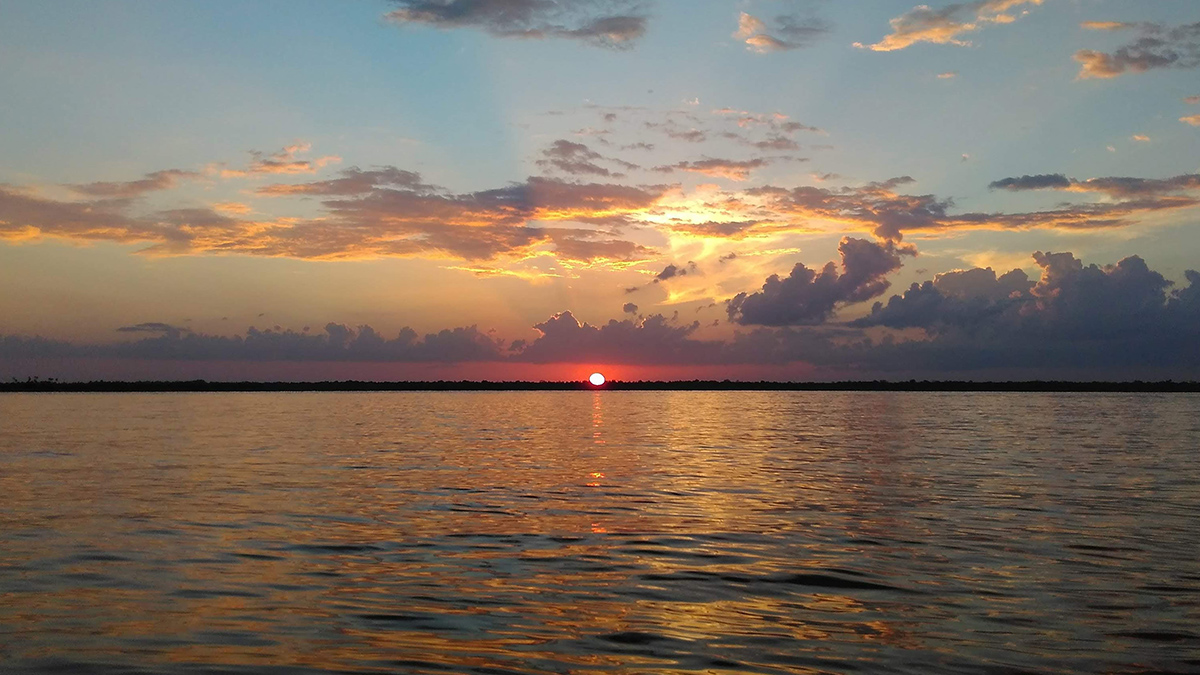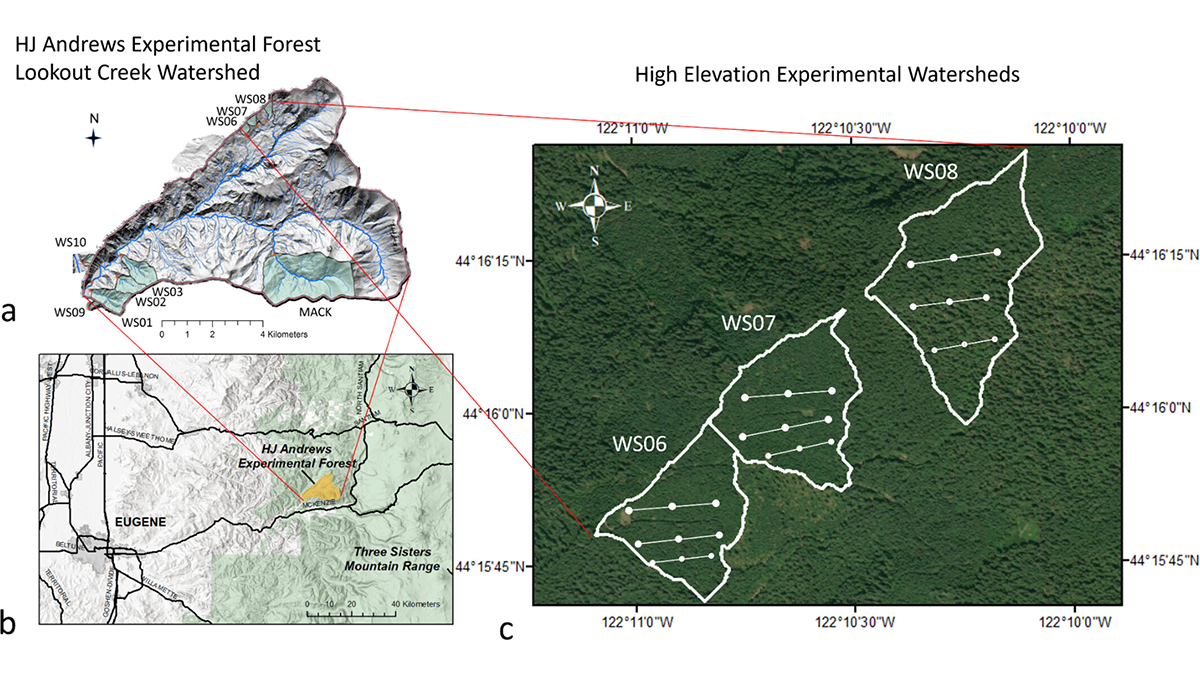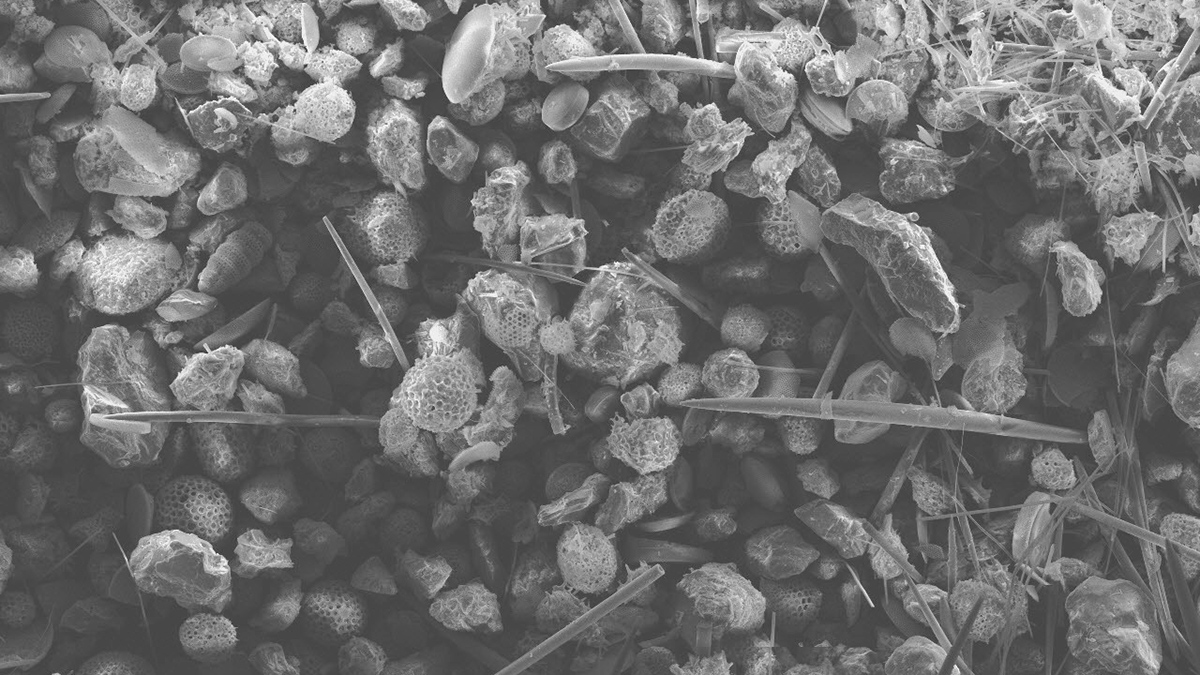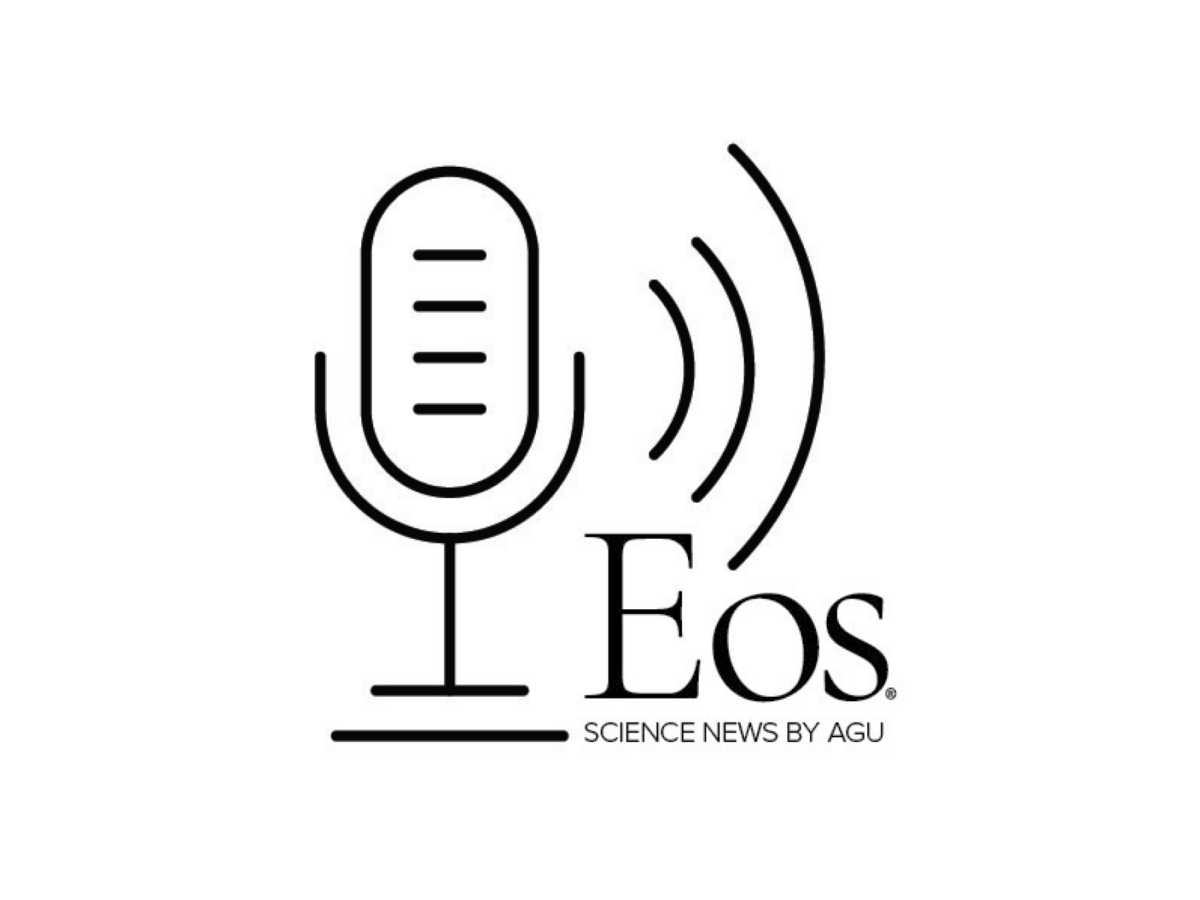Sub-representados nos orçamentos globais de carbono, rios tropicais como o Tocantins, no Brasil, necessitam de estudos para estabelecer suas características de base face às crescentes mudanças globais.
carbon cycle
Microbe Preferences Drive Ocean Carbon Pump
New research offers insight into how certain bacteria degrade organic matter in Earth’s oceans.
Each Glacier Has a Unique Organic Matter Composition
Like snowflakes, no two glaciers are alike: Carbon-containing compounds released from glaciers vary from place to place, meaning climate and ecosystem effects of melting could vary as well.
New Insights into a Blind Spot in Aquatic Carbon Dioxide Exchange
Multi-annual measurements across Lake Superior indicate remarkable similarities between large lakes and ocean CO2 exchange during the ice-free season.
Understanding Carbon-Water Tradeoffs in Pacific Northwest Forests
A new study documents how spruce forests differing in management and age structure influence individual tree growth, carbon stocks, and landscape-water balance in the Pacific Northwest.
Using Satellite Data to Estimate Atmospheric CO2 Growth Rates
A new method improves growth rate estimates of carbon dioxide increase in the atmosphere by combining the standard NOAA approach with satellite data.
Amazonian Drought May Have Long-Lasting Effects on Carbon Cycle
Dry conditions stemming from the 2015–2016 El Niño caused significant carbon loss.
Clays May Have Slowed Earth’s Recovery After the Great Dying
Without tiny marine organisms using silica for shells, Earth’s oceans generated more clay, released more carbon dioxide, and kept Earth warmer for longer.
Solar Panel Arrays May Affect Soil Carbon Levels
As research ramps up on how to maximize the benefits of colocating agriculture and solar panels, researchers are also beginning to investigate other potential ecosystem benefits.
Carbon Cycles Through Plants More Quickly Than Expected
A radioactive isotope produced by nuclear weapons reveals that plants take up more carbon—but hold on to it for less time—than current climate models suggest.










